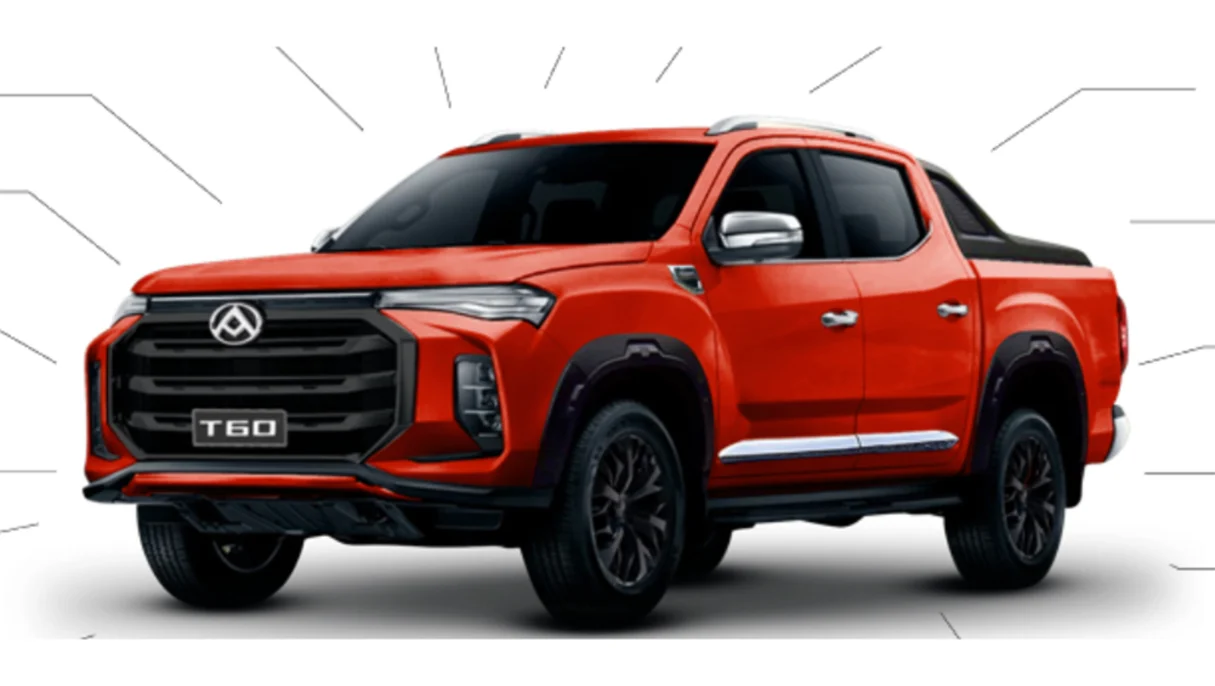Of all the stories we produce here at CarsGuide, few get our readers fired up like a yarn about an incoming Chinese ute that threatens to steal the crown from the Toyota HiLux or the Ford Ranger.
I'm not entirely sure why, to be honest, but write something about Great Wall or LDV and readers will inevitably start yelling (or at least typing, probably in capital letters) that they're inferior, untested, and unlikely to stand up to the rigours of Australian life.
That few of the commenters have actually driven one doesn't seem to matter. Their minds are made up, and that's that.
And to be honest, there was a time – and it wasn't so long ago –that we would have probably agreed with them. But the gap Chinese ute brands have closed in recent times is nothing short of staggering.
Are they currently the best utes in Australia? Probably not. For plenty, that crown still goes to the Australian-developed Ford Ranger Raptor, or the recently upgraded Toyota HiLux. Vehicles like the Isuzu D-Max (and its Mazda BT-50 twin), the powerful VW Amarok or the locally tuned and tested Navara Warrior are in plenty of those conversations, too.
But to see where Chinese ute brands are going, you need only look at where they've come from, and how little time it took them to get to where they are today.
Let's use the GWM Cannon as an example. Or more important, its predecessor, the Great Wall Steed, which lobbed in Australia in 2016.
It was, and there's no delicate way to put this, underdone. It carried an embarrassing two-star ANCAP safety rating for a start, as well as an off-the-pace 2.0-litre turbo-diesel engine churning out 110kW and 310Nm.
It could tow only two tonne, carry just 750kg, and offered little int the way of creature comforts.
To put that into perspective, Ford confirmed the Ranger Raptor in 2017, and launched it in February 2018, and to say the two utes were chalk and cheese is a massive understatement, though to be fair they were also operating in entirely different price brackets.
But then look to Great Wall's new ute offering, the Cannon, which debuted in 2021. The brand had been off the pace, and they knew it. What's staggering is how fast they caught up.
Its turbo-diesel now produces 120kW and 400Nm, which is channeled through an eight-speed ZF automatic. It can tow three tonne, carry more than a tonne, and offers all the modern safety and technology equipment you might expect.
It does not look out of place in a line-up with the rest of Australia's ute offerings, and it's lightyears from the Steed. And Great Wall did all that in a handful of years.
Hell, it'll soon also be Chinese only in name. The company has bought Holden's old factory in Thailand – which is the same country your Ford Ranger, along with countless others, comes from.
Or take LDV, which will soon launch Australia's most powerful four-cylinder diesel ute in the new T60, and has invested in local suspension tuning, too.

The face-lifted T60 will be packing a new 2.0-litre twin-turbo diesel four-cylinder engine, which produces a healthy 160kW and 480Nm, which is more power than the HiLux and Ranger, though less than those models 500Nm in torque.
Now, I'm not writing this to suggest that a Chinese-made ute is where you should stick your hard-earned. Our ute market is ferociously competitive, and your options are endless.
I'm simply saying that, if these are the kinds of leaps to expect from the Chinese brands every five years or so, then their next offerings are bound to be eye-catching, and will no doubt be competing for your interest.
So is it really so hard to believe that your next diesel dual-cab could be Chinese?





.jpg)
.jpg)
.jpg)

_0.jpg)



.jpg)
 (1).jpg)



.jpg)





.jpg)




